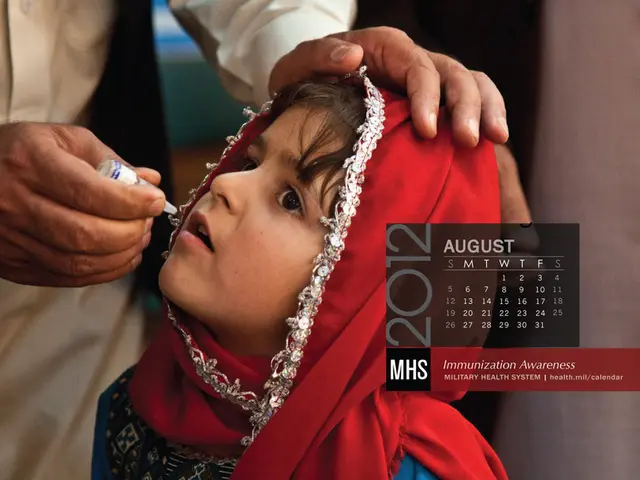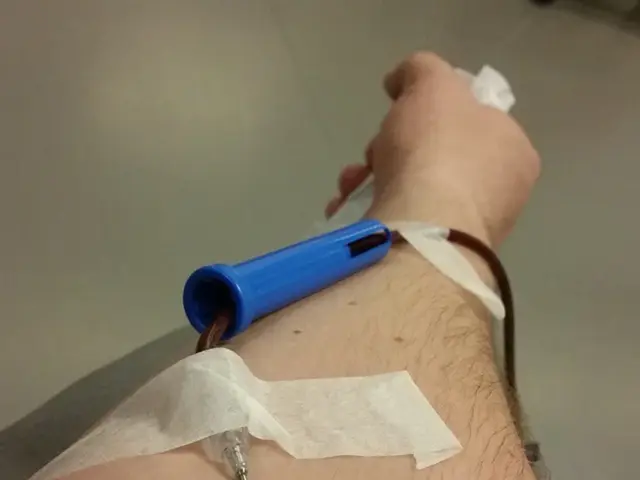Connection and Risk Factors: Breast Cancer and Ovarian Cancer
Breast and ovarian cancer share a strong link, primarily due to genetic mutations, such as BRCA1 and BRCA2. However, there are other factors that increase the risk of both cancers.
Genetically, beyond BRCA1 and BRCA2, approximately 13 genes are linked to hereditary breast cancer risk, some of which may also elevate ovarian cancer risk. Furthermore, lifestyle and reproductive factors have a significant impact. For instance, hormonal influences, obesity, and reproductive history can affect the risk of both cancers. Hormone replacement therapy, for example, has been linked to an increased risk of both breast and ovarian cancer.
Estrogen receptor-negative (ER-) breast cancer is more commonly associated with a subsequent ovarian cancer diagnosis, indicating that hormonal factors play a role in the risk of both cancers. Family history is also a factor, with both breast and ovarian cancers often running in families, even if no BRCA1 or BRCA2 mutations are present.
Additionally, a personal or family history of one cancer increases the risk of developing the other. This link emphasizes the importance of genetic testing, regular screenings, and preventive measures for those at higher risk.
People who have undergone breast or ovarian cancer can work with their healthcare team to monitor signs of another cancer. If symptoms appear or there's a personal or family history of these diseases, it's essential to stay vigilant. Early detection and prompt treatment are crucial for improving outcomes.
In terms of outlook, for individuals with both primary breast cancer and primary ovarian cancer, the 5- and 10-year overall survival rates are approximately 90%. The outlook is generally more optimistic when the interval between the two diseases is longer. However, ovarian cancer following breast cancer often involves later-stage diagnosis, which can impact survival.
For those with elevated risks, modifiable factors such as maintaining a moderate weight, regular exercise, limiting alcohol intake, and discussing contraception options with a doctor can help mitigate the risk.
In conclusion, the link between breast cancer and ovarian cancer is established, primarily driven by shared genetic mutations, especially in BRCA1 and BRCA2. Other genetic and lifestyle factors contribute to the increased likelihood of both cancers. Awareness of family history, regular screenings, and managing modifiable risk factors can help reduce the risk and improve outcomes.
- Genetically, beyond BRCA1 and BRCA2, around 13 genes are linked to hereditary breast cancer risk, some of which may also elevate ovarian cancer risk.
- Hormone replacement therapy has been linked to an increased risk of both breast and ovarian cancer.
- Estrogen receptor-negative (ER-) breast cancer is more commonly associated with a subsequent ovarian cancer diagnosis.
- Family history is also a factor, with both breast and ovarian cancers often running in families, even if no BRCA1 or BRCA2 mutations are present.
- A personal or family history of one cancer increases the risk of developing the other, emphasizing the importance of genetic testing, regular screenings, and preventive measures for those at higher risk.








